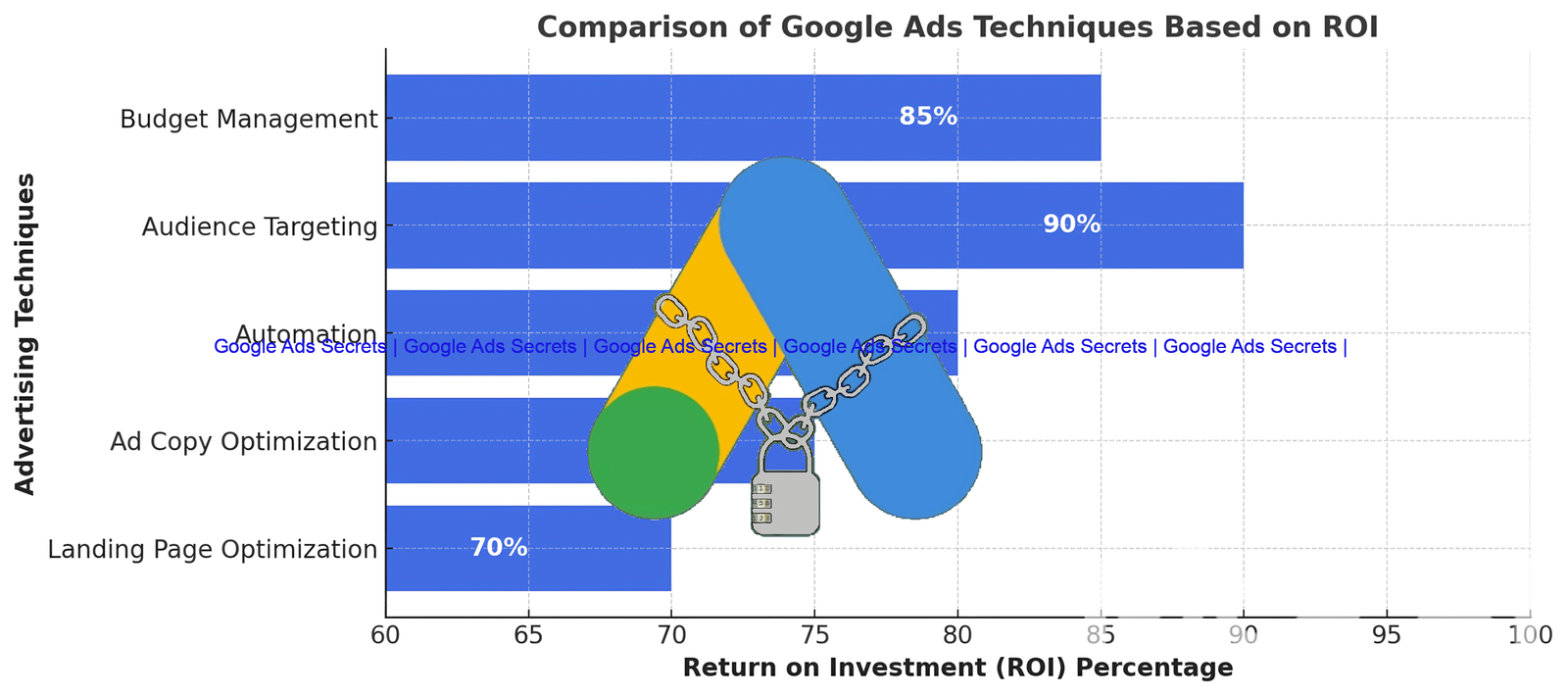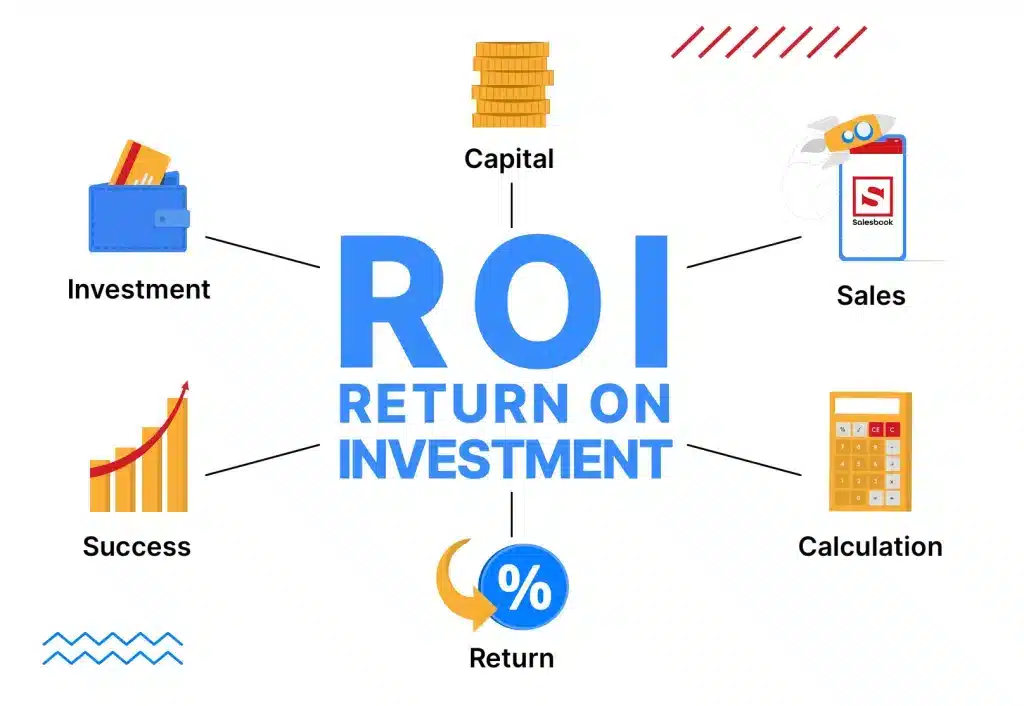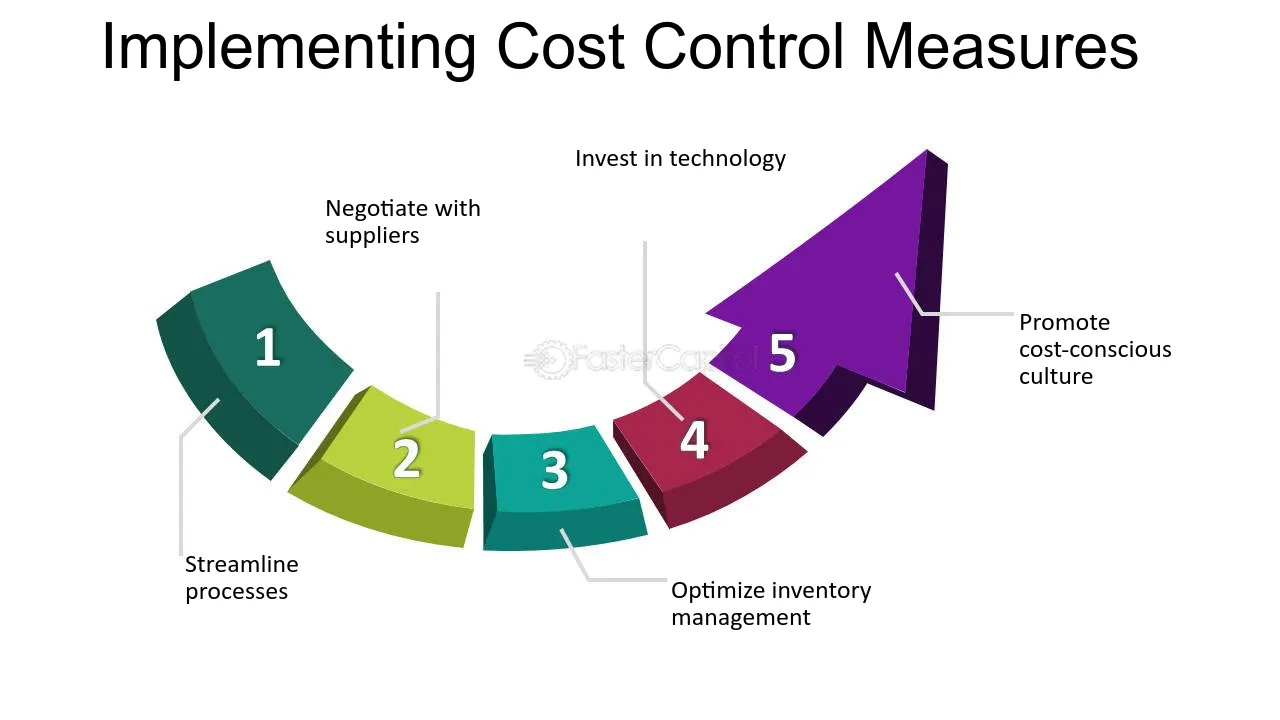Consist Mode Update – A Push Back to Manual Bidding
In the fast-changing landscape of Google Ads, staying on top of bidding strategies is crucial for achieving optimal performance. The recent Consist Mode Update – A Push Back to Manual Bidding challenges the trend toward fully automated bidding, urging advertisers to revisit manual bidding strategies. In this article, we explore what this update means for your campaigns, discuss the advantages and potential challenges of manual bidding, and provide actionable tips to make the most out of this shift. Relevant LSI keywords such as “manual bidding,” “Google Ads bidding strategies,” “Consist Mode Update,” “automated bidding alternatives,” and “bid optimization” are interwoven throughout this discussion.
What Is the Consist Mode Update?
The Consist Mode Update marks a significant change in how Google Ads handles bid management. Traditionally, many advertisers have leaned heavily on automated bidding strategies to optimize their campaigns. However, with this update, there is a push back towards manual bidding. This change encourages advertisers to have more control over their bids by adjusting them based on performance data and market conditions rather than relying solely on automation.
For more insights into bidding strategies, check out our blog or visit Google Ads Secrets.

Why Manual Bidding Is Making a Comeback
Manual bidding allows advertisers to fine-tune their campaigns by setting bids based on specific performance indicators, seasonal trends, or competitive insights. Some of the benefits include:
- Enhanced Control: Advertisers can adjust bids in real-time to capitalize on market fluctuations.
- Improved Transparency: With manual bidding, you gain clearer insights into how each bid impacts your campaign performance.
- Strategic Flexibility: Manual bidding empowers you to test different bidding strategies and optimize your cost per click (CPC) more effectively.
These advantages make manual bidding an attractive alternative for those who prefer a hands-on approach over fully automated systems.

Key Strategies for Effective Manual Bidding
Transitioning back to manual bidding involves careful planning and continuous optimization. Here are some actionable strategies:
- Regular Performance Reviews: Monitor your campaign metrics closely. Use performance data to adjust bids on a daily or weekly basis.
- Leverage Historical Data: Analyze past performance trends to predict future bid adjustments. Historical insights can guide you in setting competitive bids.
- Set Clear Objectives: Define your campaign goals clearly. Whether it’s lowering CPC or increasing conversion rates, manual bidding allows for targeted optimization.
- Utilize Bid Adjustments: Customize your bids based on device, location, time of day, or audience segments to maximize ROI.
- A/B Testing: Continuously test different bid strategies to identify what works best for your unique business context.

Visualizing the Impact of Manual Bidding
Visual aids can help illustrate the impact of switching back to manual bidding. The image below provides an overview of the Google Ads interface, highlighting key metrics that manual bidding affects:

This visual representation shows how adjusting bids manually can help control costs and improve conversion metrics, ultimately enhancing your campaign efficiency.
Understanding ROI with Manual Bidding
Manual bidding’s success can be measured by its impact on ROI. By fine-tuning your bids, you can better manage your ad spend and see significant improvements in your overall campaign performance. The following image breaks down the ROI formula, helping you understand how each element contributes to your campaign’s success:

For more detailed analysis and examples of ROI calculations, explore resources on Search Engine Journal.
Case Studies and Emerging Trends
Recent case studies have demonstrated that advertisers who adopt manual bidding strategies often see improvements in cost efficiency and conversion rates. One study highlighted that switching from automated to manual bidding helped reduce wasted spend and improved overall ad performance significantly.

Another case study showcased the successful implementation of cost-cap strategies, which further reinforces the benefits of manual bidding adjustments. As digital advertising continues to evolve, emerging trends suggest that a balanced approach—leveraging both automated and manual bidding strategies—will be key to long-term success.

Looking ahead, staying adaptable and integrating manual bidding insights with automated tools will become increasingly important. The future of Google Ads lies in the ability to combine data-driven decision-making with strategic bid management.

Conclusion
The Consist Mode Update – A Push Back to Manual Bidding marks a turning point in Google Ads bidding strategies. While automated bidding has its advantages, manual bidding offers unparalleled control, transparency, and strategic flexibility. By implementing regular performance reviews, leveraging historical data, setting clear objectives, and conducting A/B tests, advertisers can optimize their bids to achieve lower CPC and higher ROI. Embrace this update and integrate manual bidding techniques into your strategy to maximize the efficiency and effectiveness of your digital advertising campaigns.
Frequently Asked Questions (FAQ)
1. What is the Consist Mode Update?
The Consist Mode Update is a recent change in Google Ads that pushes advertisers back towards manual bidding strategies, allowing for greater control over bid adjustments and campaign optimization.
2. Why should I consider manual bidding over automated bidding?
Manual bidding provides enhanced control, improved transparency, and strategic flexibility. It allows you to adjust bids based on real-time performance data and market conditions, potentially lowering CPC and boosting ROI.
3. What are some key strategies for effective manual bidding?
Key strategies include regular performance reviews, leveraging historical data, setting clear campaign objectives, using bid adjustments based on various factors, and continuously A/B testing different bid approaches.
4. How can I measure the success of my manual bidding strategy?
You can measure success by tracking key metrics such as click-through rate (CTR), conversion rate, cost per click (CPC), and return on investment (ROI). These metrics will help you evaluate the effectiveness of your bid adjustments.
5. Where can I find more resources on bidding strategies?
For additional insights and strategies, visit Google Ads Secrets and explore expert content on platforms like Moz and Search Engine Journal.

